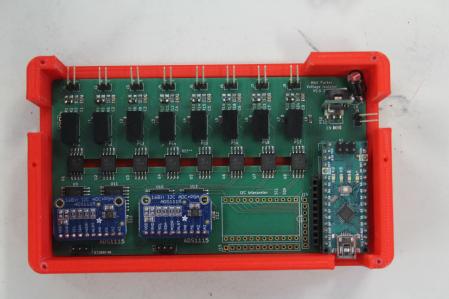United Kingdom – Researchers from WMG University of Warwick and Loughborough University will investigate the various methods to optimize lead-acid battery management in ESS applications.
ESS are utilized in decentralized and complex energy networks and lead-acid batteries could be a clean and green choice for ESS. Over the last several years, Europe’s energy storage transition has seen enormous growth, expanding from 0.55 GWh in 2016 to 5.26 GWh by the end of 2020, with front-of-the-meter installations such as those by utilities leading the way, accounting for more than half of installed capacity.
Batteries requirement
To ensure the seamless generation and storage of energy for regional and national electrical grids, these energy storage systems require high-performance, dependable, and inexpensive batteries. The HALO-SMART-ESS-LAB initiative will improve the health and lifespan of lead-acid batteries (Health and Lifespan Optimization with Smart Manager Algorithms and Recuperative Testing of Energy Storage Systems of Lead-Acid Batteries).
The Consortium for Battery Innovation (CBI)-funded project’s goal is to achieve significant improvements in cycle life and operational health of lead-acid batteries in energy storage systems (ESS), thereby opening up new avenues for integrating renewable energy sources into low-carbon energy systems.
Extending batteries life
Extending the life of the batteries lowers the overall cost of the system, making lead batteries more appealing for household, commercial, and industrial applications. Lead batteries are much safer than Li-ion batteries in terms of health and safety and fire dangers threats, as well as being widely and entirely recyclable.
WMG researchers at the University of Warwick will collaborate with Loughborough University to focus on application and system operating levels rather than internal battery chemistry or technology levels. Existing battery types, such as VRLA AGM batteries, will be evaluated under various cycle profiles.




